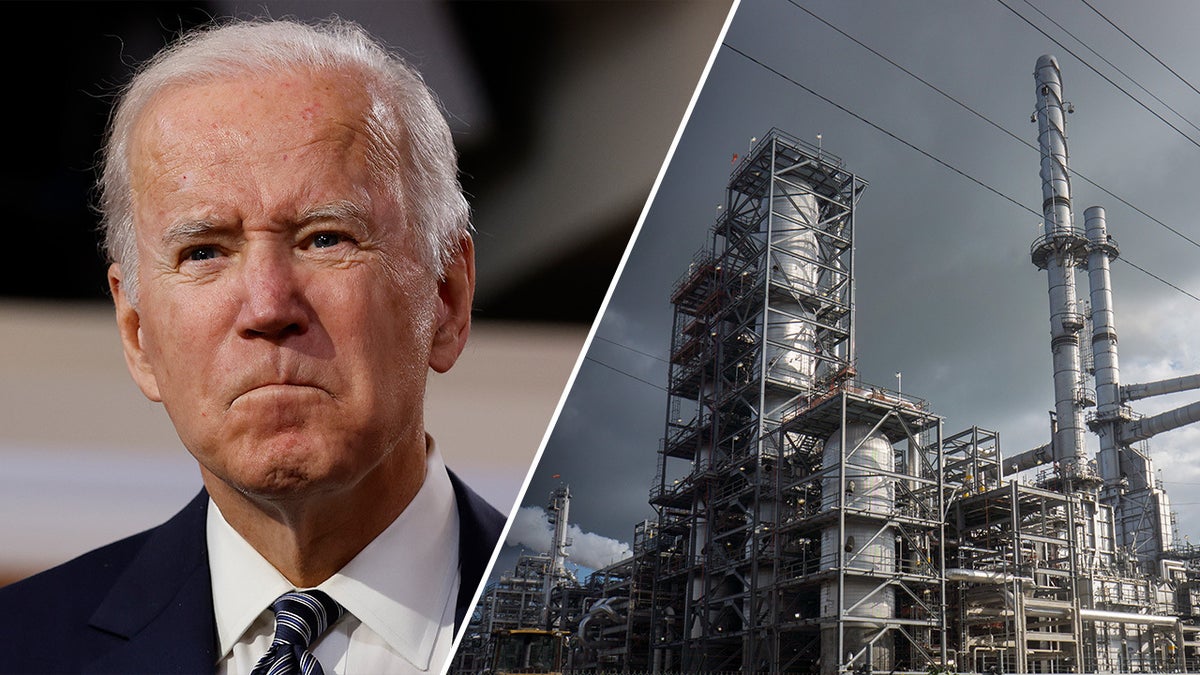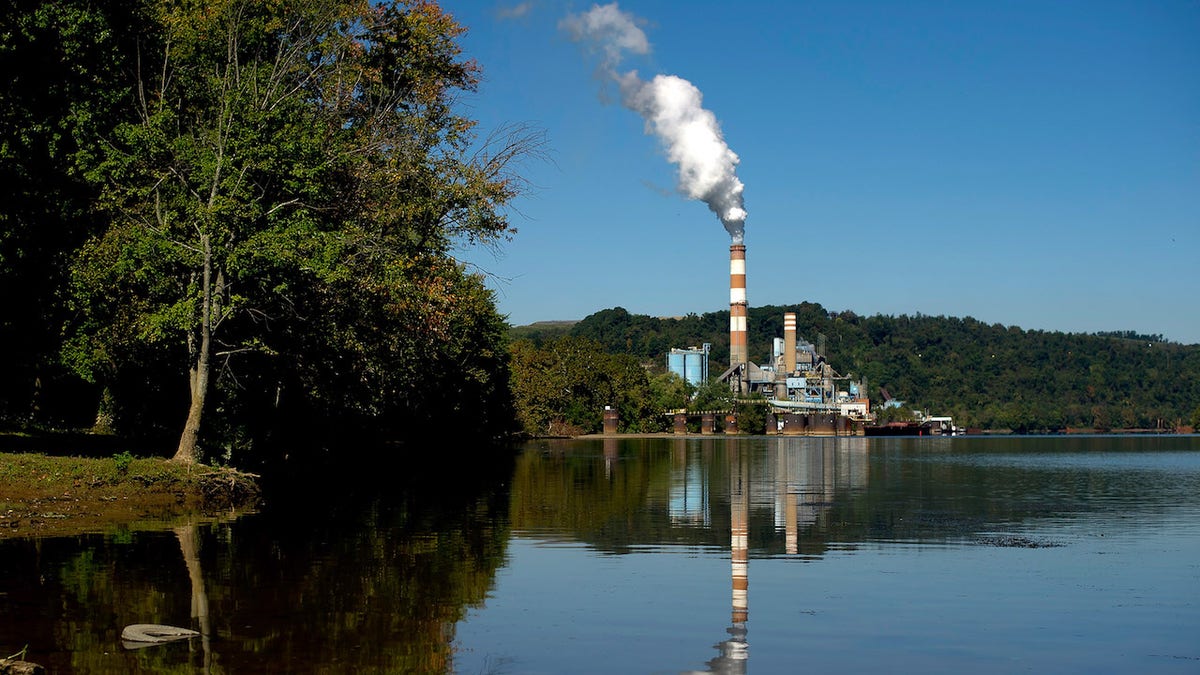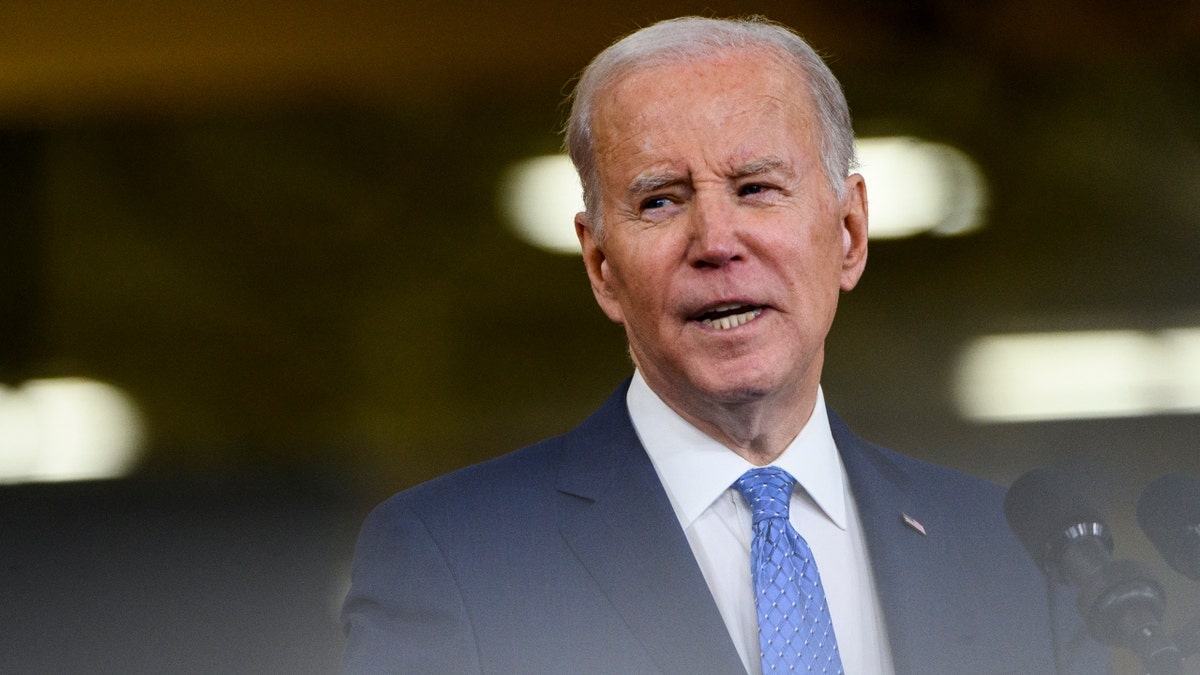The Biden administration's plan to regulate power plant emissions is facing criticism for potentially overestimating its effectiveness and underestimating its impact on the power grid and costs. A recent report by the Chamber of Commerce Global Energy Institute argues that the Environmental Protection Agency's (EPA) analysis relies on overly optimistic assumptions, neglecting crucial factors like electric vehicle growth and the feasibility of carbon capture technology.
The report suggests the EPA's analysis presents a skewed cost-benefit equation by attributing significant emissions reductions to a "baseline scenario" that would occur even without the proposed regulations. This baseline heavily relies on the Inflation Reduction Act's impact, potentially overstating its transformative potential. Experts question this approach, highlighting a substantial difference between the EPA's baseline and projections from the Energy Information Administration (EIA), particularly regarding natural gas prices.

The EPA's analysis projects minimal impact on consumer electricity prices, a claim contested by industry experts who foresee significant cost implications. The report also points out that the EPA's baseline deviates considerably from EIA projections, particularly in its estimation of natural gas prices. This discrepancy raises concerns about the plan's potential impact on grid reliability, as the analysis seemingly ignores the widening gap between projected supply and demand.

Furthermore, the analysis reportedly fails to account for increased electricity demand due to the growing adoption of electric vehicles, a trend encouraged by the administration's own policies. The report also questions the EPA's reliance on carbon capture technology, a technology currently implemented at only one facility globally, raising concerns about its scalability and effectiveness.

Critics speculate that the administration's optimistic projections might be a strategy to avoid legal challenges, considering the Supreme Court's previous ruling against a similar Obama-era emissions regulation. The report's authors urge the EPA to conduct a sensitivity analysis using EIA forecasts or provide justification for its baseline assumptions.

The EPA has stated it will review the report and consider the raised concerns during the public comment period for the proposed rules. This ongoing debate highlights the complexities and challenges associated with balancing environmental goals with economic realities and grid stability.
Comments(0)
Top Comments